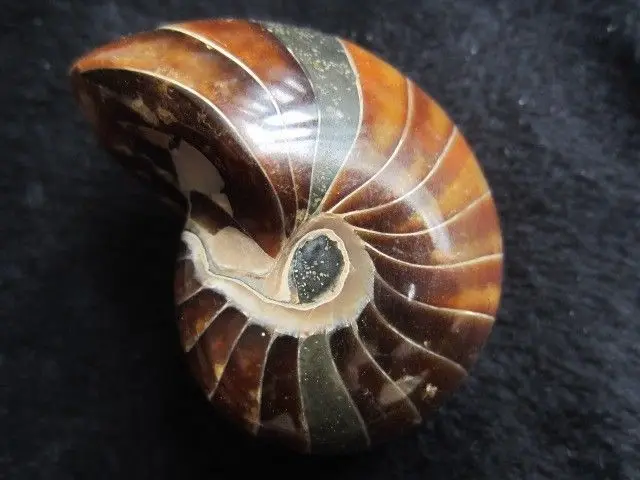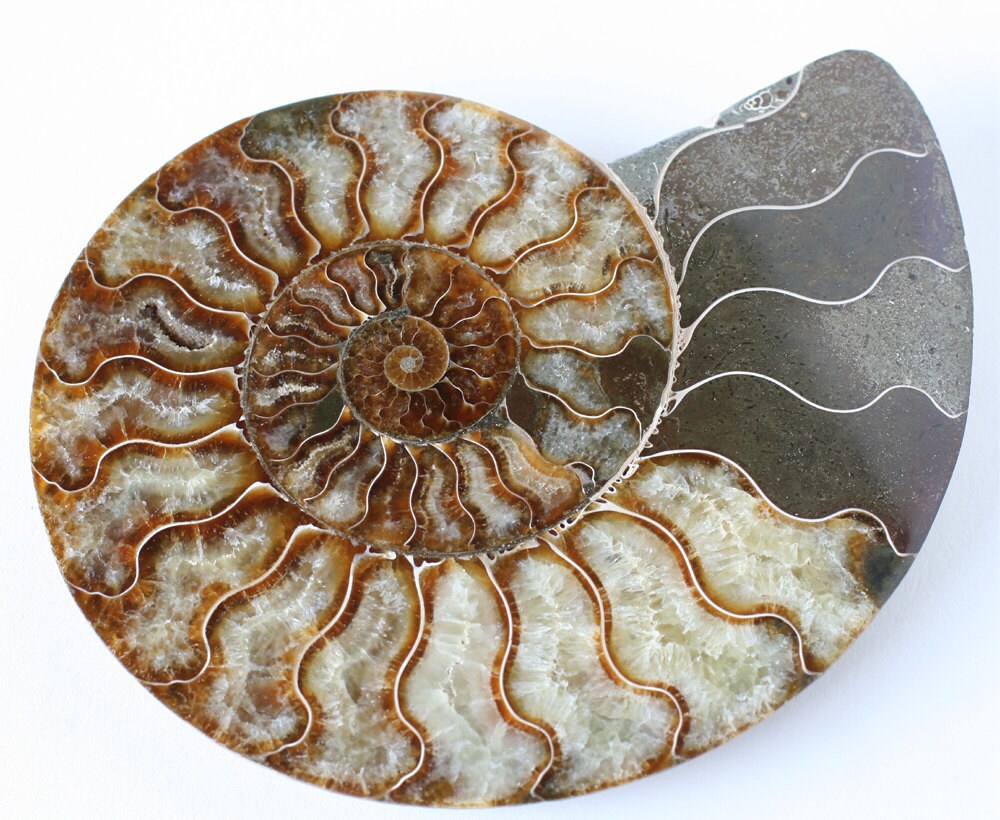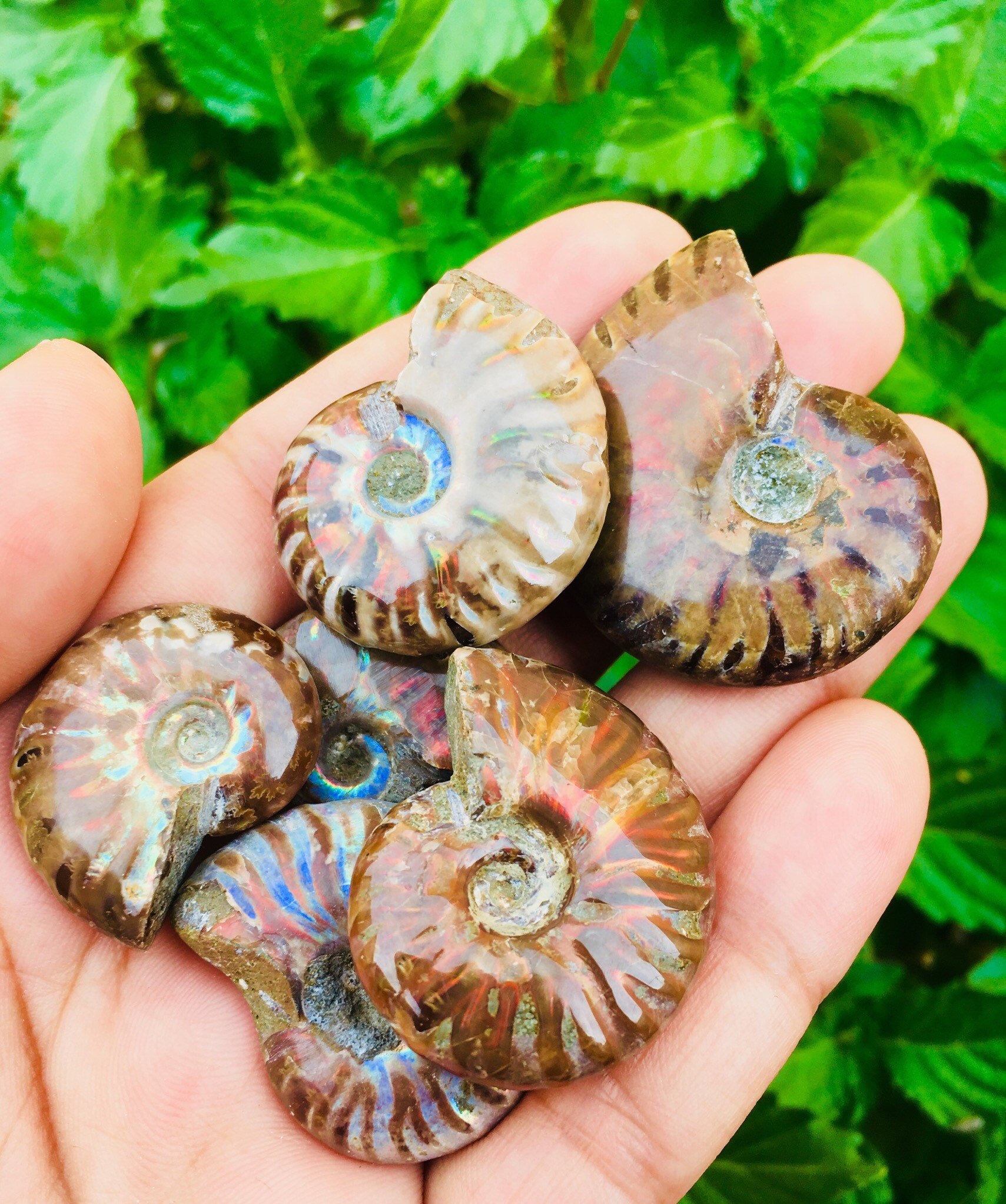
This was filled with gas and water so the animal could control its buoyancy. If you look closely, you can often see growth rings, like those in a tree. The pointed end of the shell is known as the guard, while other end housed a chambered shell called the phragmocone. The phragmacone or chambered shell which sat inside the solid shell (guard) The belemnite’s shell, known as a guard, is formed from calcite crystals. The phragmocone or chambered shell which sat inside the solid shell (guard) But belemnites were themselves prey for larger marine creatures – plesiosaurs and pliosaurs have been found with belemnite guards and hooks in their stomachs. Like ammonites, belemnites belong to the group known as cephalopods.īelemnites had ten arms, equipped with hooks for grabbing prey. When the animal was alive, the pencil or bullet-shaped shell was surrounded by a soft body, and the creature looked very like a squid. You can see the latest results on Belemnites Bullets on the beachīelemnites are probably the most common fossils found on the beaches, especially around Charmouth. The dating of the earth’s rocks is a complex process involving thousands of measurements from around the world. It is used in igneous rocks like lava and granite. Radioactive dating is a method of absolute dating of the rocks by measuring the decay of radioactive minerals. But the Triassic rocks of East Devon formed in deserts where fossils are very rare, so zone fossils can’t be used to date the rocks. So other creatures can be used as zone fossils, such as the tiny ostracod. Many rocks formed in environments that were not suitable for ammonites. Without the relative aging of the rocks we would not be able to determine the evolution of life. So the ammonites tell us that the two creatures lived about 750,000 years apart, and that the Westbury specimen is younger. But the similar Westbury pliosaur comes from the younger Eudoxus zone. For example, the huge pliosaur skull in Dorset County Museum comes from an ammonite zone known as the Baylei zone. The rocks in both localities must be the same age as they contain the same type of ammonite that only existed for a short period of time. Ammonites are also really important in helping us understand the evolution of other animals. Harpoceras elegans, Jet Rock Series, Whitby. The rocks in both localities must be the same age as they contain the same type of ammonite that only existed for a short period of time.


The other difference is that in the nautilus, the tube or syphuncle that links the chambers runs through the middle of the chambers, but in an ammonite it runs around the outer edge. The nautilus has simple chamber walls, whereas the ammonite has complex walls that fold to form suture lines (you can see them when the shell is removed). Ammonite or nautilus?Īlthough similar, there are differences between the ammonite and the nautilus. So they were named after the Ram-god Ammon. The name ‘ammonite’ comes from the ancient Greeks who believed the shells resembled the horns of the ram. In England, particularly around Whitby, people thought that ammonites were coiled snakes that had been turned to rock. This ammonite has broken along the chamber wall which is quite simple towards the middle of the shell but becomes folded like a curtain towards the outer edge where the chamber wall meets the external shell which in this case has broken away to show the suture line.īefore the mid-18th century, the origin of fossils was shrouded in superstition and myth.

This propelled the animal through the water – backwards! They moved by sucking water through the mouth, pumping it over the gills, then squirting it out of a tube below the tentacles. When the animal was alive, a small tube called the siphuncle filled the chambers with gas and water to control buoyancy. Only the shells of ammonites have ever been found as fossils. The soft body of the ammonite only took up the last half whorl of the shell. Sink or swimĪmmonites have a spiral shell divided into chambers. Modern cephalopods include the nautilus, squid, cuttlefish and octopus. They have a big head, large eyes and tentacles that developed from a primitive ‘foot’. Ammonites belong to a group known as cephalopods, from the Greek ‘cephalo’, meaning head and ‘pod’ meaning foot. We know this because the nautilus, the closest living relative to the ammonite, still survives today in the Pacific and Indian Oceans. They are extinct marine creatures – predators that moved through the water by jet-propulsion.

Ammonites are one of the most commonly-found fossils.


 0 kommentar(er)
0 kommentar(er)
